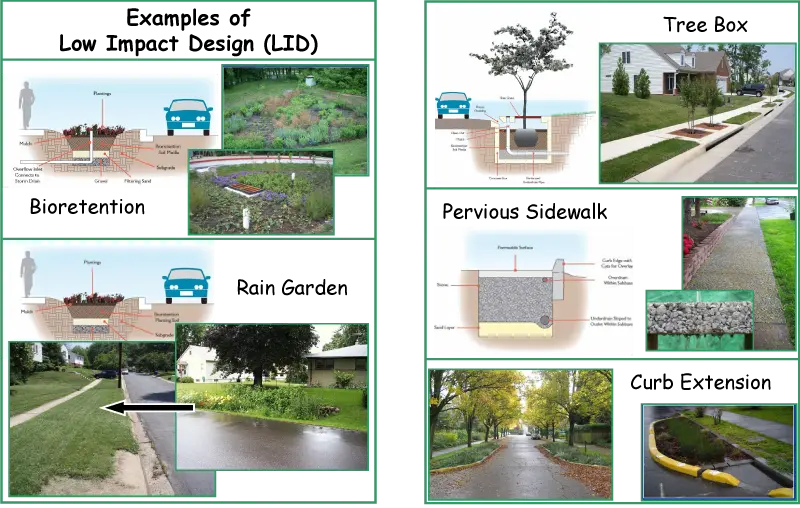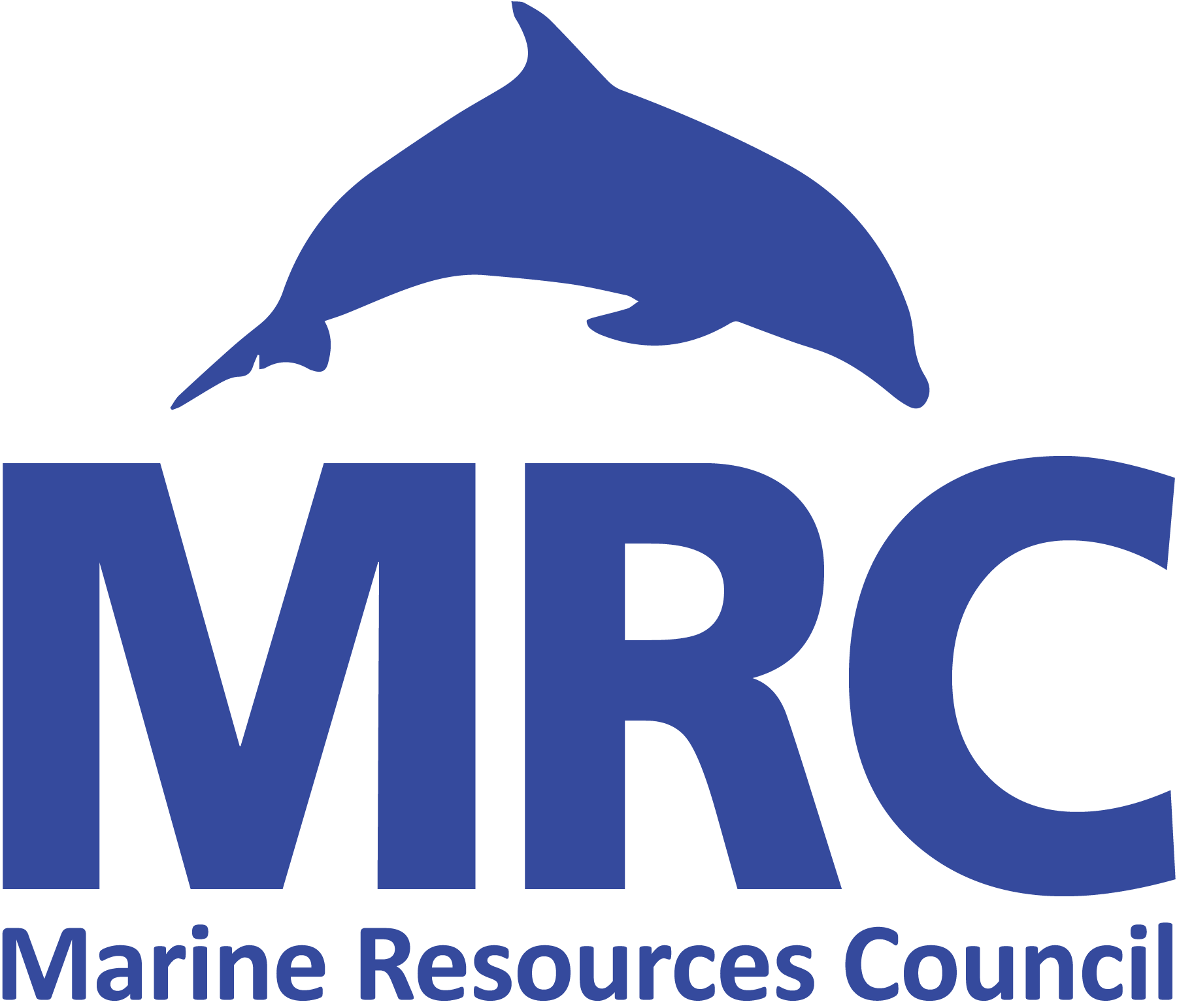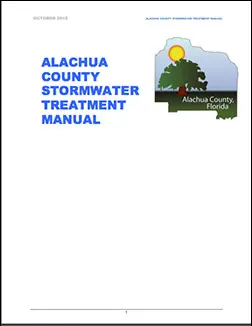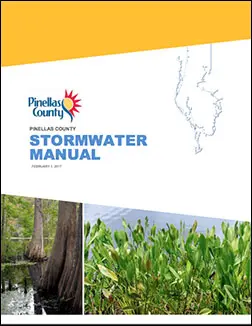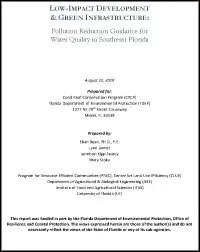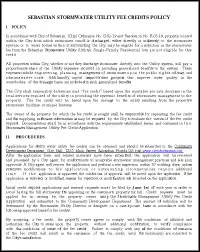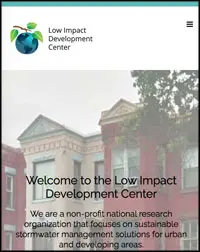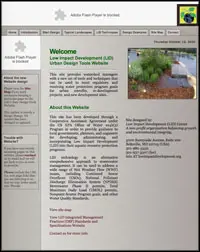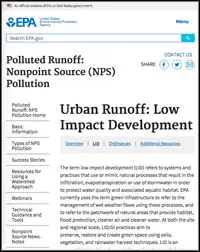Low-Impact Development
A STORMWATER MANAGEMENT TOOL FOR THE INDIAN RIVER LAGOON
Sign Up. Get Lagoon News
Protecting Water Quality With Low-Impact Development
Florida communities must reduce the amount of polluted stormwater entering coastal estuaries, especially the Indian River Lagoon. Low Impact Development (LID) and Green Infrastructure (GI) represent the most progressive trends in stormwater management to protect water quality and reduce flooding.
MRC’s Low Impact Development Conferences cover the full range of LID/GI tools, from comprehensive land-use planning and manual creation to engineered design and construction of green roofs, infiltration devices, cisterns, and bioretention areas. Experts share case studies that demonstrate cost-effective means to set and meet pollution load reductions, recharge groundwater aquifers, and prevent flooding.
View presentations and other resources from these events by clicking a button below.
Marine Resources Council is working hard to build momentum and support for better stormwater management using proven Low-Impact Development techniques. With support from twenty partners, MRC has sent letters to over 120 local and state leaders.
Why LID?
Florida’s stormwater rule went into effect in 1982 and has not changed in almost 40 years despite advances in stormwater management knowledge and emerging technologies.
The antiquated conventional stormwater systems concentrate pollutants in minimal treatment areas that become nuisance retention ponds that generate more pollutants than they remove. Sadly, these conventional approaches have not protected the Lagoon from becoming federally impaired — we have witnessed a dying lagoon.

What Is Low-Impact Development?
Low-Impact Development (also known as Low-Impact Design, or LID) is an internationally recognized stormwater management approach that protects downstream surface water quality, reduces downstream flooding, and improves overall resilience. It was embraced as a waterway pollution strategy decades ago in national estuary watersheds such as Chesapeake Bay and Puget Sound — and is a primary stormwater best-management practice (BMP) throughout many parts of our nation. Some cities and counties in Florida have taken the initiative and adopted LID into their code, e.g. Alachua and Pinellas counties. LID provides a more sustainable community with a higher level of natural resource protection such as seagrass, fisheries and shellfisheries, manatees, dolphins, and estuarine birds who fish, such as pelicans. LID leads to more fishable, swimmable, and healthier waters.
Low-Impact Development is an approach to land development that uses various land planning, design practices, and technologies to preserve and protect essential aquifers and waterways such as the Indian River Lagoon (IRL) while reducing infrastructure costs. LID allows land to be developed in a cost-effective manner to ensure that home, habitat, and quality of life are sustained for the future. Click here to view a presentation on LID.
How Does LID Differ From Typical Stormwater Management Practices?
- Preserves open space and minimizes land disturbance
- Uses existing topography for drainage design
- Protects natural features and processes
- Plans for the enhancement of the area’s natural and conservation lands
- Implements on-site rain water capture practices such as bio-swales, rain gardens, green roofs, and pervious pavements
- Reduces stormwater flows and volumes
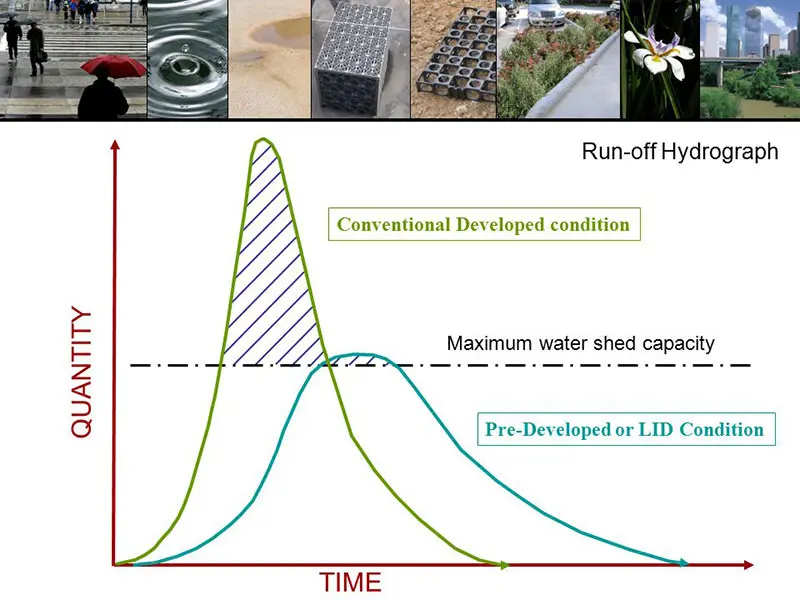
Who Benefits From LID Implementation? EVERYONE!
Developers
- Reduces land clearing and grading costs
- Reduces infrastructure costs (streets, curbs, gutters, sidewalks, retention ponds)
- Reduces rain water management costs
- May increase lot yield and may reduce impact fees
- Increases lot and community marketability
Municipalities
- Reduces infrastructure and utility maintenance costs
- Improves residents’ quality of life
- Balances growth with the need to protect the Indian River Lagoon and the aquifer
Residents
- Preserves/protects recreation opportunities of natural areas and habitats (IRL)
- Improves aesthetics of home and area for livability and re-sale
- Provides habitat for birds, butterflies, and bees
- Reduces utility costs
Environment
- Improves water quality
- Preserves the balance and integrity of ecological and biological systems
- Ensures the future health of the Lagoon by preventing additional pollution
- Increases carbon and nutrient absorption and improves soil health
- Preserves tree canopy and natural areas
- Provides aquifer recharge
